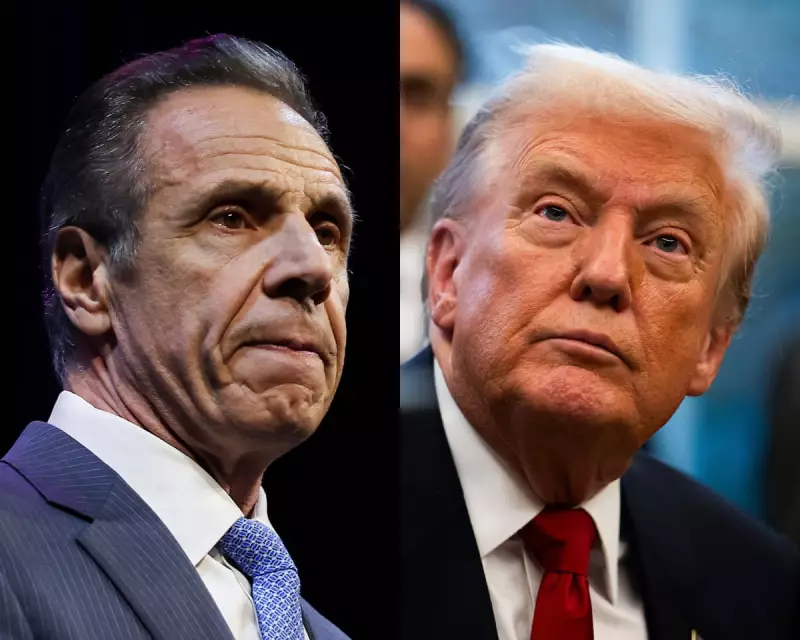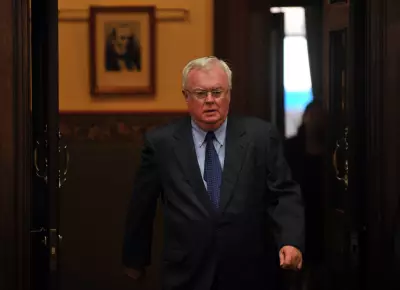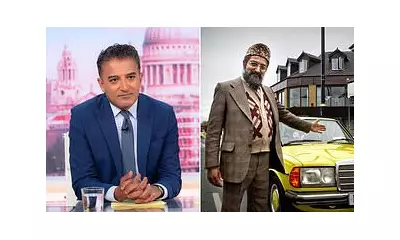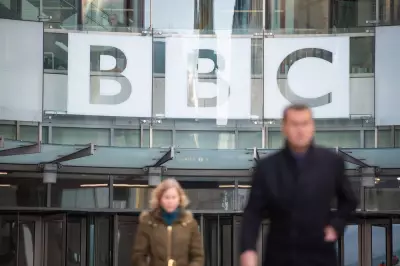
The Rise of AI in Political Campaigning
American politics has entered a new era where artificial intelligence is becoming a powerful campaign tool, with recent elections showcasing how AI-generated videos are being deployed to influence voters. The New York City mayoral election served as a testing ground for this emerging technology, revealing both its potential and dangers.
Former governor Andrew Cuomo, who lost to democratic socialist Zohran Mamdani, made extensive use of deepfake videos targeting his opponent. One particularly controversial video led to accusations of racism against Cuomo, highlighting the ethical challenges posed by this developing area of electioneering.
Campaigns Push Ethical Boundaries
While AI has previously been used in political campaigns for voter targeting and policy development, the 2025 election cycle marked a significant escalation. Generative AI is now being employed to create sometimes misleading photos and videos that reach voters directly, according to New York state representative Alex Bores, who has been instrumental in introducing legislation to regulate AI use.
Eric Adams, the incumbent mayor who withdrew from the race in September, utilised AI technology to produce robocalls in multiple languages including Mandarin, Urdu and Yiddish. His campaign also created an AI video depicting New York as a dystopian war zone to criticise Mamdani.
The Cuomo campaign faced particularly strong criticism for a video that portrayed a fictionalised version of Mamdani eating rice with his fingers alongside a Black man shoplifting. The advertisement, which also featured another Black man apparently endorsing sex trafficking, was later deleted with the campaign claiming it had been posted accidentally.
Regulatory Challenges and Future Concerns
New York state regulations require campaigns to label AI-generated advertisements, but enforcement remains problematic. The Cuomo campaign's deleted video lacked such labelling, demonstrating the challenges facing election authorities.
Bores noted that many AI-generated ads in the recent election cycle tended to veer into what might be perceived as bigoted territory. He suggested this could stem from algorithms amplifying stereotypes present in their training data or from the ease of manipulating content without needing human actors to perform questionable actions.
Robert Weissman, co-president of Public Citizen, emphasised that AI-generated content represents a fundamental shift from traditional political falsehoods. When someone is shown an apparently authentic version of a person saying something, it is very hard for that person to then contradict it, he explained, highlighting the unique persuasive power of this technology.
Despite some clumsy early attempts - such as Cuomo's Zohran Halloween special video with poorly synced audio and incomprehensible dialogue - the technology is rapidly improving. With midterm elections approaching and the 2028 presidential contest on the horizon, AI-generated political content appears destined to become a permanent feature of American campaigns.
At the national level, Elon Musk shared an AI-generated video of Kamala Harris in July 2024 after she became the Democratic presidential nominee, depicting her claiming to be the ultimate diversity hire. Meanwhile, Donald Trump has embraced the medium, sharing an AI video showing him piloting a fighter jet and dropping brown fluid on Americans during the No Kings protests in October.
While more than half of US states have made fooling people with AI content illegal, federal regulation appears unlikely in the near future, particularly given Trump's apparent approval of the technology and Republican reluctance to impose restrictions.





